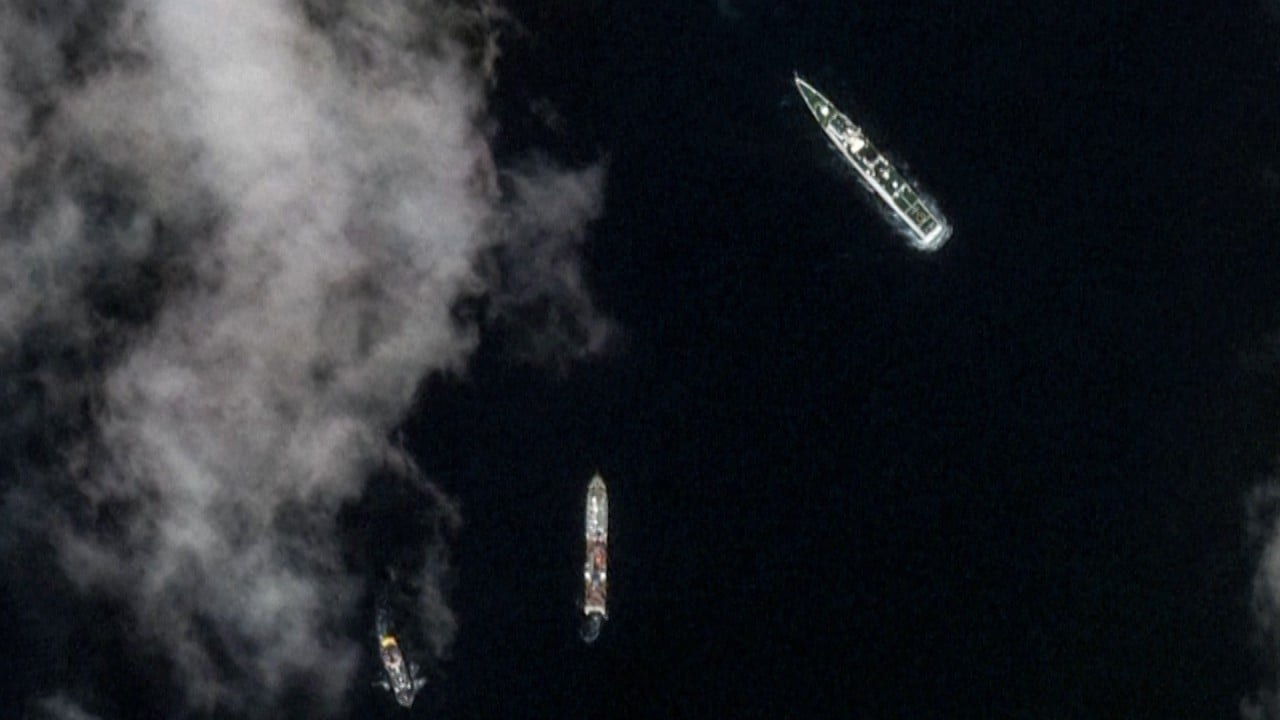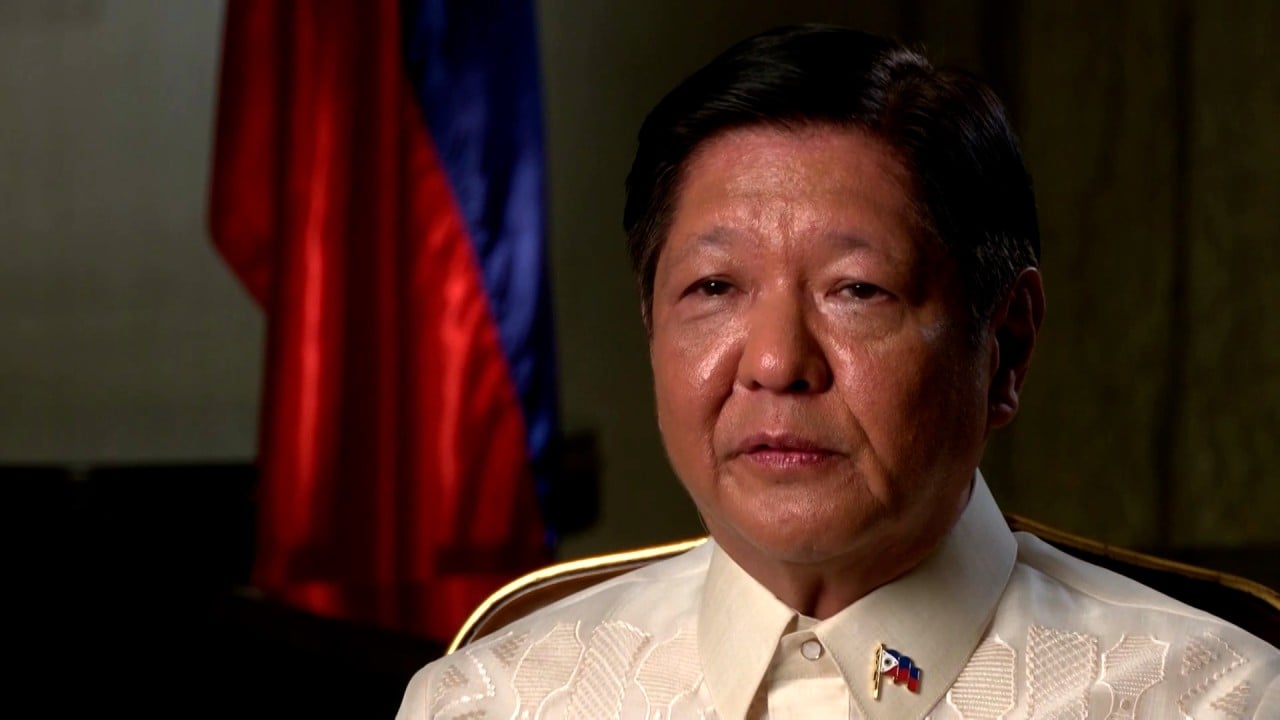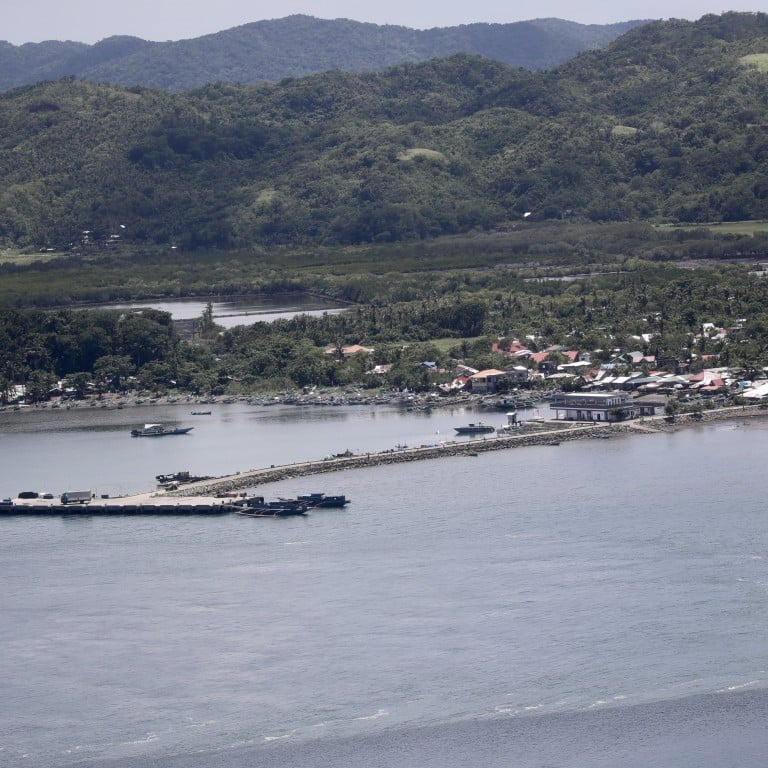
Philippines to probe ‘creeping invasion’ of Chinese students in province near Taiwan
- Some 4,600 Chinese nationals have been recorded to be living in the Cagayan area and enrolled in private universities in the city of Tuguegarao
- Analysts say the timing of the students’ arrival is ‘dubious’ given the South China Sea tensions, and also point to corruption and crime concerns
Philippine officials are alarmed by the surge of Chinese nationals in Cagayan, a province at the northern tip of Luzon island facing Taiwan, describing it as a creeping invasion that has prompted government security forces to investigate.
Some 4,600 Chinese nationals have been recorded to be living in the Cagayan area and enrolled in private universities in the city of Tuguegarao. There are three new sites in the region under the Enhanced Defence Cooperation Agreement (EDCA), a pact with the United States which allows for large-scale joint military exercises.
Citing security concerns, Philippine military spokeswoman Colonel Francel Margareth Padilla on Tuesday said authorities would look into the matter and work with police.
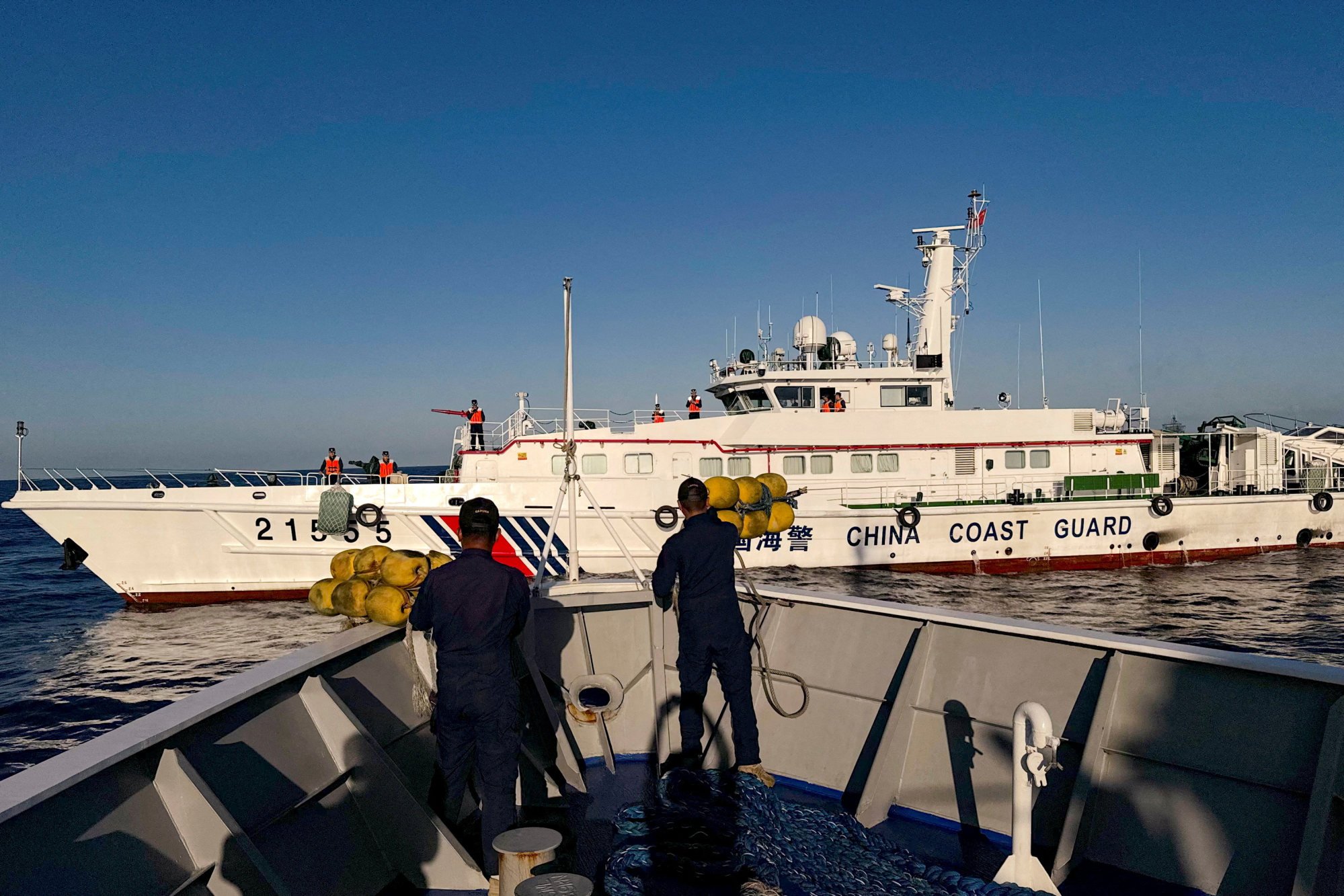
“The military takes any reports seriously so we are looking into this, but in terms of peace and order issues, that is the mandate of police,” Padilla told a press briefing.
Describing the situation as a “creeping invasion”, Filipino congressman Robert Ace Barbers said the sudden surge of Chinese workers, businessmen, tourists and students in the Philippines was alarming.
He claimed foreigners had even obtained Filipino birth certificates, drivers’ licences, unified multipurpose identification cards and passports.
“How can they, in large numbers, not arouse suspicion to any agency unless the people responsible have been blinded by money or are grossly incompetent and ignorant?” Barbers argued.
Barbers also cited an earlier case of Chinese nationals who had managed to become Philippine Coast Guard Auxiliary members. Last month, a senior coastguard official revealed its auxiliary unit contained 36 Chinese nationals on its active roster of civilian volunteers for two years before they were delisted.
In Manila, echoing similar fears, a military general who spoke to This Week in Asia on condition of anonymity said their headquarters Camp Aquinaldo was already surrounded by Chinese nationals living in condominiums.
“They work in Philippine offshore gaming operations,” the general said, claiming his forces at the camp were “outnumbered” by the residents.
‘Trading partners’
However, Cagayan Governor Manuel Mamba, known for his pro-China stance, said the foreign students were not a security threat in his province not far from the Luzon Strait, a waterway that extends to Luzon and Taiwan and connects the South China Sea.
“The presence of Chinese students in Cagayan and nationwide is the result of an agreement made by Chinese-learning institutions and the commission on higher education,” he said.
“Foreign students entering the country and the province have a student visa and documents approved by the Department of Foreign Affairs,” he stressed, adding there was no reason to link Chinese students to territorial disputes with Beijing in the West Philippine Sea.
In a resolution filed on March 20, representatives Joseph Lara of Cagayan’s third district and Faustino Dy V of Isabela’s sixth district had noted “an alarming increase in the number of Chinese citizens coming into the province of Cagayan as students enrolled in universities”.
They said it posed a risk to the country’s national security and economy, particularly since these foreigners had been involved in “spurious schemes”.
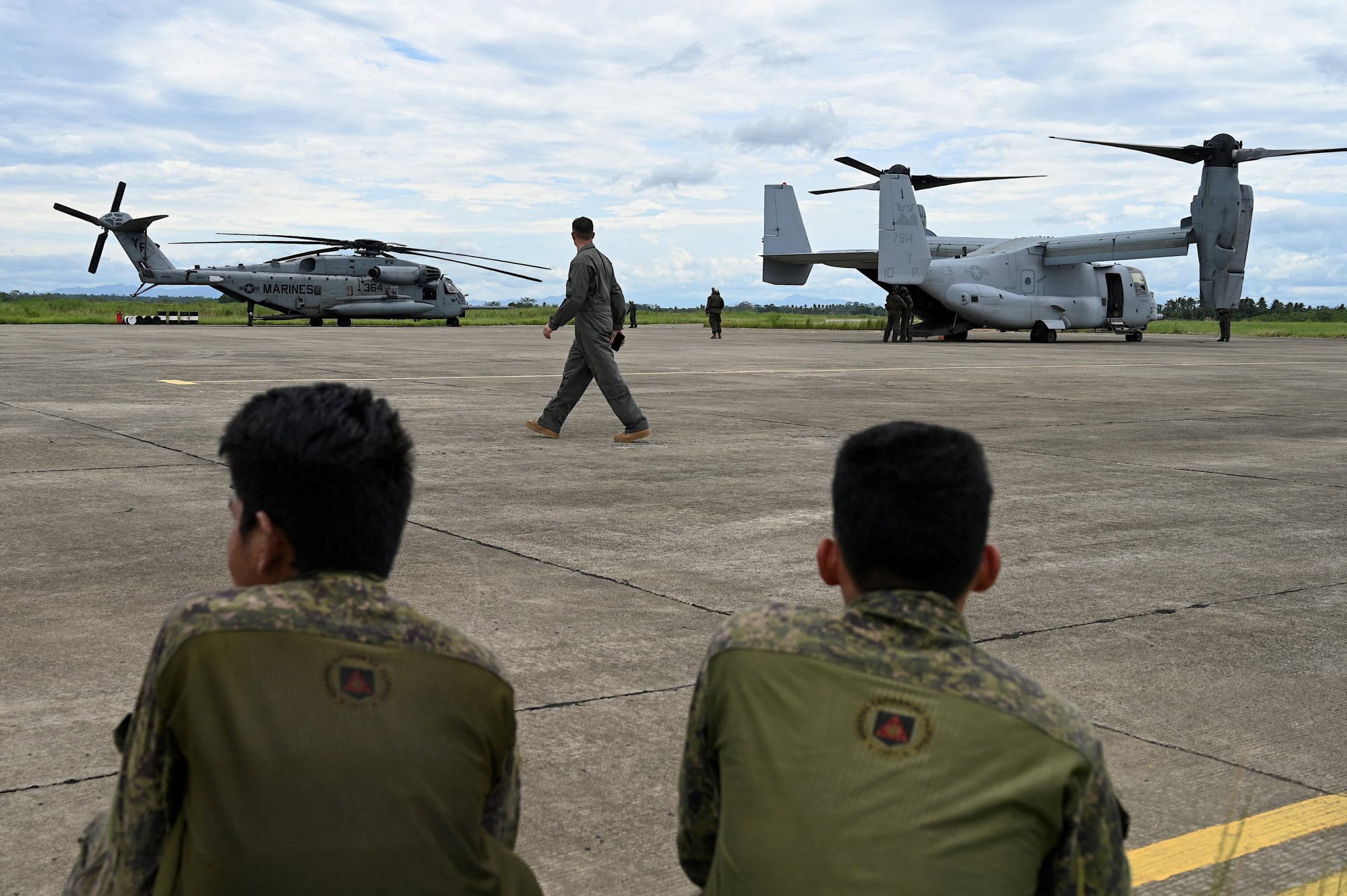
But Mamba downplayed fears of potential security threats with the surge of foreigners in his province. “Although I am opposed to the establishment of EDCA, this doesn’t mean the province’s doors are closed to neighbouring countries. The province is open to trade and assistance.
“Let’s look forward. The Chinese are our trading partners. We don’t have a market for our agricultural products because we are far from Manila.”
Last year, Manila granted the US access to four more military bases – up from the existing five – under EDCA, which allows the US to rotate troops and pre-position defence material, equipment and supplies in “agreed locations” in the country.
The new bases include one on Palawan island facing the South China Sea, and three in northern Luzon, some 400km from Taiwan, where Cagayan is located.
Defence analyst Chester Cabalza, founding president of International Development and Security Cooperation, told This Week in Asia that Cagayan was used to the presence of Filipino-Chinese since many of them were politicians and traders, and knew the country’s customary culture due to intermarriage.
However, the influx of Chinese nationals, according to Cabalza, was indeed notable given the province’s geopolitical importance amid the current security complex of the Taiwan Strait.
“The presence of more than 4,000 Chinese from the mainland may be considered as a threat to national security even if they arrived legally with corresponding documents since the Philippines had decided to add three EDCA sites in Cagayan Valley,” Cabalza said.
According to Cabalza, the new Chinese arrivals are “rich students and businessmen”, and their presence is “dubious since they came to the province amid the geopolitical tension in the Taiwan Strait and the rotational presence of American soldiers in Northern Luzon”.
In a separate interview with This Week in Asia, Filipino military historian and defence analyst Jose Antonio Custodio said there were two dimensions of concern pertaining to the huge presence of Chinese nationals, pointing to corruption and what he said was a porous immigration system.
“This is similar to human trafficking, which then involves local Philippine syndicates and Chinese triads in cahoots with corrupt Filipino politicians and officials,” Custodio stressed.
“The second is that because of the large-scale presence of foreign nationals here who came in questionably, then it also is a police concern given the already mentioned links of crime groups both Filipino and Chinese.”
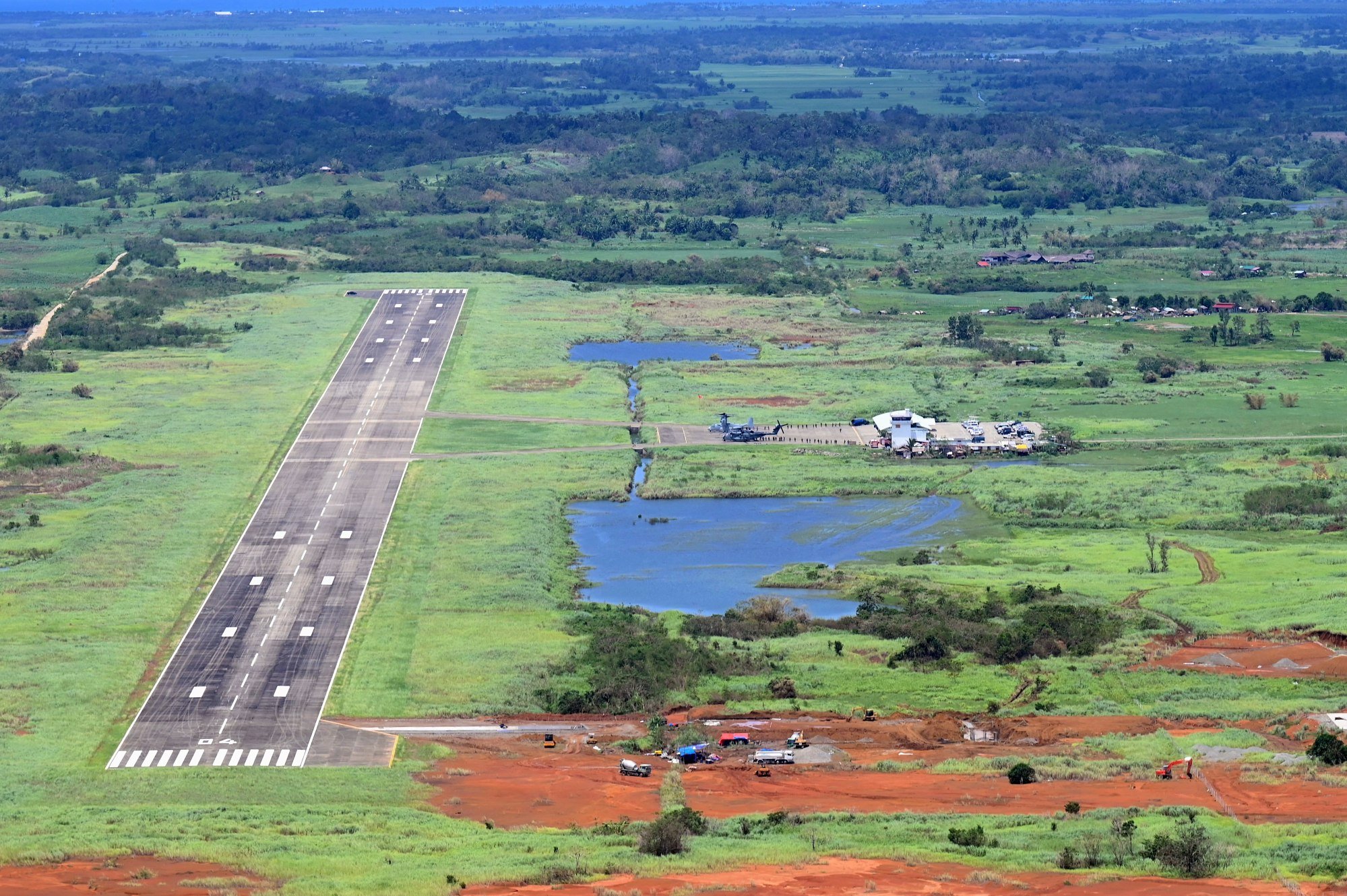
However, on whether they posed a military threat, Custodio said they were of little use to Beijing’s military objectives.
“If the purpose is intelligence gathering, then instead of those foreign nationals, an easier source of intelligence data for Beijing would be corrupt Filipino officials and politicians,” he said.
“The presence of those foreign nationals is more of a symptom of Philippine corruption, which is something that must be dealt with for the Filipinos to more effectively face the existential threat from China.”
The issue of the surge of Beijing’s people in the country comes as Manila’s territorial dispute with China is escalating in the South China Sea.
Just last month, vessels from China’s coastguard and maritime militia impeded and fired water cannons at Philippine Coast Guard ships accompanying boats during a supply mission on March 23 to the Philippine Navy’s BRP Sierra Madre, a military outpost on the Second Thomas Shoal, injuring three Filipino sailors.
Philippines, US, Japan to boost cooperation to deter Beijing in South China Sea
But on Sunday, Sebastian Duterte, the younger son of former president Rodrigo Duterte, described the issues surrounding the West Philippine Sea as purely propaganda aimed at dragging the Philippines into a potential war between the US and China.
Duterte, the mayor of Davao City, said the narrative favoured the Americans and could bring the Philippines into a conflict that it had nothing to do with.
“That is just propaganda. It is just a narrative for the Americans to find fault in that area because it is a trade route of China to the Indian and Atlantic oceans. They just want to ruin,” he said. “What we don’t want is to get involved in a conflict we have nothing to do with.”
The mayor’s elder sister, popular Vice-President Sara Duterte, remained silent on the issue in the West Philippine Sea, the name that Manila designates to parts of the South China Sea that are within its exclusive economic zone.

